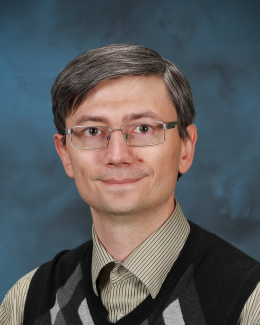Project Details

This multidisciplinary research program closely integrates experiments and computations toward the overarching goal of understanding the structural, energetic, and mechanistic factors leading to selective, energy-efficient, and sustainable anion separations with reactive, self-organizing receptors and frameworks. Toward addressing this goal, we are currently pursuing three specific aims: 1) Investigate novel switching mechanisms based on physical stimuli to achieve sustainable release of bound species with minimal chemical and energy inputs; 2) Understand reactive crystallization of (bi)carbonate salts for energy-efficient CO2 capture and release; 3) Explore self-assembly and self-organization of anion-binding units into preorganized receptors at liquid-liquid interfaces, colloidal assemblies (e.g., micelles, vesicles), covalent-organic networks, and crystalline salts, with enhanced anion-separation functions.

To address the overarching goal and the specific aims, we are pursuing a novel class of anion receptors and materials based on iminoguanidines, readily assembled from simple aminoguanidinium salts and aldehyde precursors. Iminoguanidines present a number of attractive features that make them effective for anion separations and CO2 capture: strong anion chelation by preorganized, bidentate hydrogen bonding groups; conformational rigidity and planarity that facilitate their self-organization into higher aggregate structures; photochemical reactivity leading to highly efficient photoswitching of anion binding using light and thermal energy inputs; and aqueous alkalinity leading to efficient CO2 capture. Specific separation targets are strongly hydrophilic anions (e.g., sulfate, selenate, chromate, phosphate, arsenate), and atmospheric CO2, that are extremely challenging to remove selectively and effectively from aqueous environments or air, respectively. Thus, understanding the fundamental principles leading to their selective separations is expected to strongly benefit DOE’s mission of solving energy and environmental problems.






